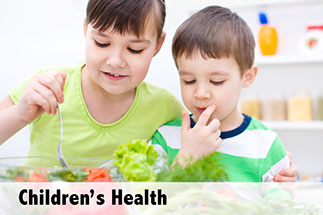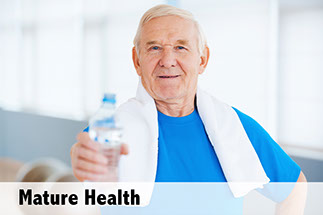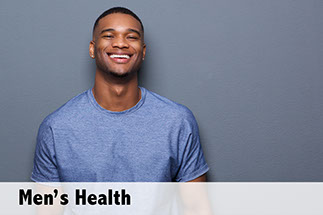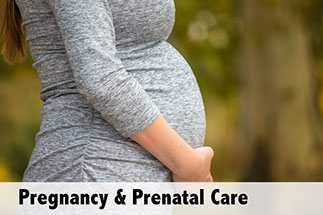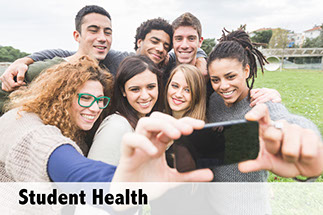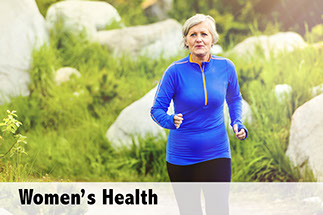First Aid
Heart Attack
A heart attack happens when the heart does not get enough blood supply for a period of time. Part or all of the heart muscle dies.
Signs, Symptoms & Causes
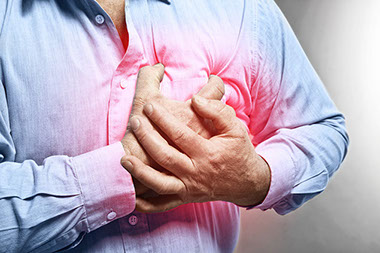
A heart attack may have warning signs. It can occur without signs, too. This is called a “silent” heart attack.
Causes
• The most common cause is one or more blood clots that block an artery in the heart. Often, a blood clot forms in an artery already narrowed by plaque.
• Having a heart attack in the past increases the risk for another one.
• Spasms occur in the large coronary artery. This can be triggered by: Heavy physical exertion, such as shoveling snow; exposure to cold; severe emotional stress; and having a heavy meal. These triggers are more likely to affect persons who are not active.
• Cocaine or amphetamine abuse can cause a sudden heart attack. This can happen in persons with no signs of heart disease.
Warning Signs
Note: If any of these signs occur, call 9-1-1.
Common Warning Signs
• Feeling of pain (may spread to or be felt in the arm, neck, tooth, jaw, or back), tightness, burning, squeezing, or heaviness in the chest. This lasts more than a few minutes or goes away and comes back.
• Chest discomfort with:
– Fainting
– Feeling lightheaded.
– Nausea.
– Shortness of breath.
– Sweating.
Other Warning Signs
• Unusual chest, abdominal, or stomach pain.
• Dizziness; nausea; trouble breathing; jaw or arm pain without chest pain.
• Fast or uneven heartbeat or pulse.
• Sweating for no reason, pale, gray, or clammy skin.
Signs More Likely in Women Than Men
An uneasy feeling in the chest with: Unexplained or extreme anxiety; unusual fatigue or weakness; fluttering heartbeats; or severe indigestion that doesn’t go away with an antacid.
Treatment
A heart attack is a medical emergency! Treatment works best when it is given within 1 to 2 hours after symptoms start. Treatment includes:
• Medicine(s) to keep blood from clotting.
• “Clot busters” to dissolve blood clots in heart arteries.
• Tests to diagnose the status of the heart and arteries.
• Angioplasty, stents, or bypass surgery, if needed.
Prevention
• Follow prevention measures in Heart Disease.
• Take medications, as prescribed.
• Don’t shovel snow or carry heavy objects, especially if you are not physically fit.
• Don’t use amphetamines and/or cocaine.
Questions to Ask
Question
01
Do any of these problems occur?
• Any heart attack warning sign listed on this page.
• For a person with angina, chest pain does not respond to prescribed medicine or go away in 10 to 15 minutes.
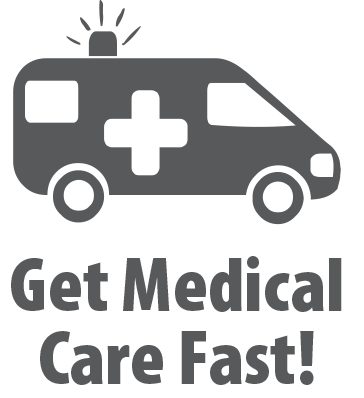
Get medical care without delay. If symptoms are life threatening go to the ER or call 9-1-1. Don’t call 9-1-1 or use the ER if symptoms do not threaten life. Ask your doctor ahead of time where you should go for a problem that needs prompt care, but not emergency care.
x
Self-Care / Prevention
Call 9-1-1 or your local rescue squad right away! Call when warning signs start. Don’t wait to see if the pain goes away.
First Aid for a Heart Attack Before Emergency Care
• CHECK for a response. Do CPR, as needed.
• If the person uses and has nitroglycerin, place one tablet under the tongue. Give as many as 3 tablets in 10 minutes.
• Give the person a regular (325 mg.) aspirin or 4 children’s chewable aspirins (81 mg. each) to chew on. Give the aspirin after calling 9-1-1. Ask the 9-1-1 dispatcher if aspirin should be taken.
{Note: Don’t use aspirin if the person is allergic to it or has a condition that makes using it risky.}
• If you can’t call 9-1-1, drive the person to the hospital right away. If you are having heart attack signs, don’t drive yourself unless you have no other choice.
• Loosen clothing around the neck, chest, and waist. Don’t let the person lie down, especially if he or she has breathing problems. A half-sitting position is better. Put the legs up. Bend them at the knees. Put a pillow or rolled towel under the knees. Support the back.
• Reassure the person that you have called for medical help and will stay with him or her until it arrives.
• After a heart attack, follow the doctor’s treatment plan.

Download an offline pdf file.
RELATED ARTICLES
<
>
2021 © American Institute for Preventive Medicine - All Rights Reserved. Disclaimer | www.HealthyLife.com
